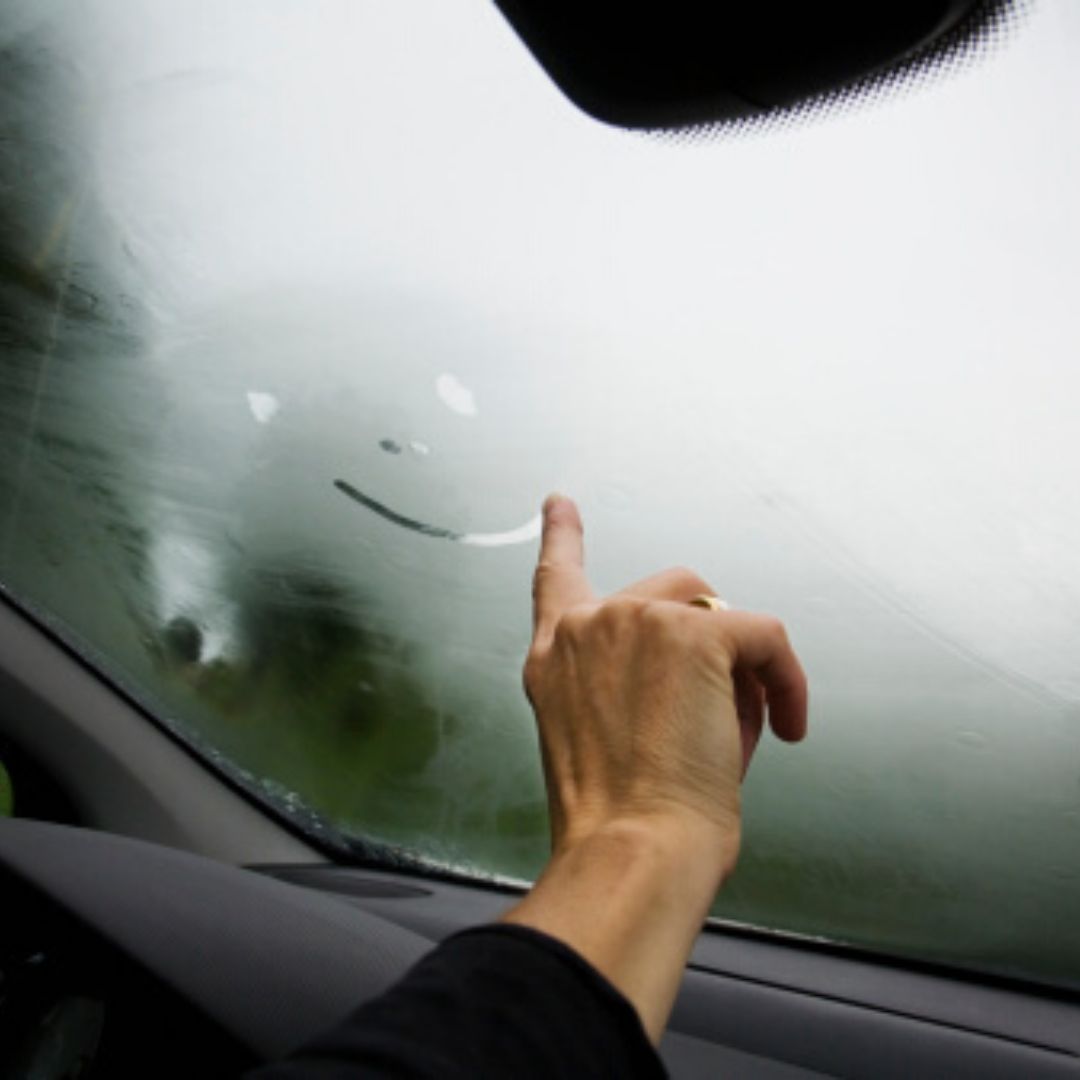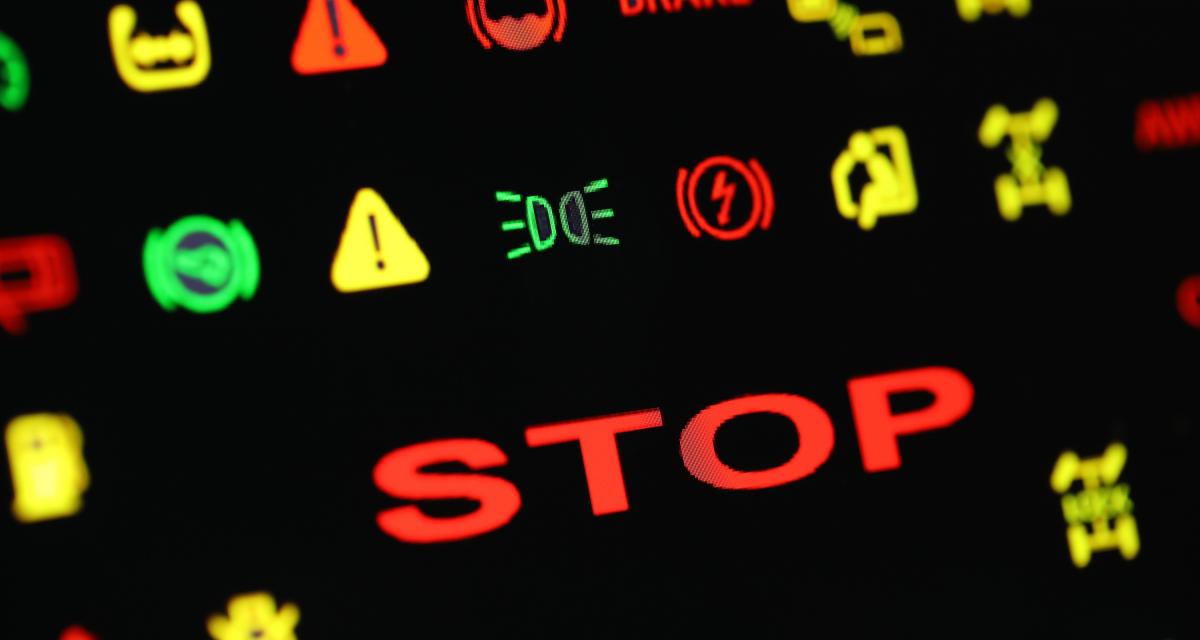One of the most common and more efficient cooling agents is the usual water, in particular the «soft» water, without limestone, distilled or deionized.
The advantages of water as a cooling liquid are, in particular, by the properties it has, that is to say:
- high thermal capacity,
- low viscosity,
- high fluidity,
- Availability (ease of being purchased)
- the low cost.
However, the water also has disadvantages, especially if we consider it is corrosive and frozen.
Currently, cooling liquids that get rid of these simple water inconveniences are used, but their composition is largely the same. In other words, it is a «water» with an addition of functional additives that increase its performance.

2. What is the optimal operating temperature of the engine?
All cars are equipped with a temperature sensor of the engine cooling fluid which, when violating the allowed rule, sends signals on the scoreboard where the on -board witness is on.
All drivers know that the operating temperature of a carburettor and an injection engine is about 90 degrees Celsius.
For a diesel engine, this value can vary from 80 to 90 degrees Celsius.
Any deviations from the standard can transmit the signals of a failure that can be present everywhere in the system, but that often in cooling.
3. Where is the water put on the engine?
It is refreshed that «we put water on the engine».
In fact, the water is placed in the cooling system, more precisely in the expansion ship. Here the completions are made to the allowed fee (somewhere between the minimum and the maximum).
The loading of the installation with water is performed through the radiator.
In current times the water is positioned only in situations of maximum necessity, since modern cars provide that the cooling system is full of antifreeze a certain type, depending on the basic characteristics of the car model.
The engine water cooling system seems to be this:
The image above is presented the water engine cooling system. The water is placed in the expansion ship on the level supplied correctly, the ship has a minimum and a maximum. In general, car owners are recommended to verify quite regularly that the liquid is not at least because in this situation it can enter the air.
In addition, the liquid that exceeds the maximum level can lead to overheating (it can derive from the pressure that is formed in the ship).
4. Causes of overheating the water from the engine according to the engine
The dashboard is the one that provides us with the data necessary for the cooling liquid temperature at any time:
The main causes that lead to the overheating of the water in the engine are:
- Block the thermostat tap
- The cooling fan of the thermostat does not work (the fan engine is defective, burnt safety, the fan power circuit is defective, the temperature sensor or the coupling of the fluid is defective)
- Labeling radiator
- The valve in the head of the defective expansion ship
- DECIPTION OF THE BLOCK GASKET
- Pump with losses
- Bad voltage by breaking the transmission belt for further mechanisms
- Depressurize the cooling system
- Non -operational thermostat
- Lack of cooling liquid
- Cooling liquid losses: there may be broken tubes or bad tension
- Expansion ship
- Ignition or injection regulated incorrectly
- Large quantity of mineral salts in the cooling liquid: block the channels in the cooling circuit
- Broken radiator tube.
4.1 temperature What diesel Motor
The reasons for boiling a diesel engine, in particular modern, are minimal. This is due to its high efficiency. The vast majority of thermal energy is converted into mechanical energy: the transfer of heat to the cooling system is small. Sometimes it is so small that for decent heating in winter, the climatic unit must be powered with electric heaters.
Therefore, the cooling systems of diesel engines (HDI, TDI, CDI, CRDI, JTD, etc.) have a huge margin of overheating resistance.
4.2 Temperature what the petrol engine is
Information on the temperature of the water, the norm I spoke above, but what you need to know is that currently the cars operating petrol have a dangerous motor temperature (about 130 degrees Celsius).
When this temperature was reached, the engine was blocked. The maximum permitted temperatures are limited by the properties of the cooling liquid.
If the boiling point of the water is 100 degrees Celsius, the boiling point of the antifreeze can vary from 108 to 138 degrees Celsius. Therefore, there are a number of engines that can be functional at 120 degrees Celsius.
5. Because the water is heated to the engine according to the automotive brand
Each car model has its own cooling circuit so that the heating of the cooling fluid takes place for different reasons.
5.1 Increases the water temperature to the engine golf 4
The most common cause of engine overheating in golf cars 4 is the failure of the cooling fan.
In the event that the electrical cooling fan does not work at the time the engine heats up, this will lead to the overheating of the engine.
5.2 Increases the water temperature to the Skoda Octavia engine
The most common cause of water overheating in the engine of the Skoda Octavia car is the failure of the thermostat. The engine can be overheated if the thermostat is damaged.
Therefore, to check if the thermostat is the problem, try to feel the temperature of the upper and lower pipes that connect the engine to the radiator. If the lower radiator tube is cold, the thermostat is defective. This means that there is no circulation of the radiator.
5.3 Increases the temperature of the water to the Logan engine
The most common cause of overheating of Dacia Logan’s costumes is related to the temperature sensor. The contacts of this sensor oxidize very easily. For this reason it is advisable to often control their conditions and replace them when they show signs of oxidation.
5.4 Increases the water temperature to the Opel engine
Expert car mechanics, who know the range of Opel models well, consider that the cooling system of a series of similar cars, the «budget» is structurally unfinished.
The weaknesses of the system are recognized as a temperature measurement sensor and the thermostat.
In addition to these typical defects, the following were satisfied:
- Air cap in cooling radiators (system clogging)
- The weak voltage of the pump transmission belt or pump defect
- Thermostat block in an open position
- Antifel Agency Aging
- Oxidation of fans’ contacts
- Clogged radiators
- S20 defective pressure sensor
- Deformation of the fan rotor
- Defect of the thermal bowel S128
- The defective operation of the K60 tests
6. How long does the engine cool after arrest?
The arrest of the engine attracts the circulation of the cooling liquid, which affects the conditions of the whole whole.
In some cars there is a system through which the pump continues to work for 1-2 minutes after arrested the power unit. It also sounds good from the outside.
The engine cooling time is also conditioned by external time (climatic conditions). Therefore, on fire, it cools more difficult and the cold faster.
7. Motor overheating witness
If the temperature indicator lights up and then extinguishes in a few seconds after starting the engine, you don’t have to worry.
In the situation in which it is continually illuminated, the cooling liquid in the system is most likely to a very low level or the system itself has worked defective.
The icon can illuminate when the vehicle moves. The reasons are those mentioned above.
8. How to maintain the operating temperature of the engine within normal limits. Speakers of specialists.
To avoid overheating the engine, specialists recommend:
- Change the cooling fluid every 2-5 years;
- Depending on the kilometer from 60,000 to 300,000 km;
- Control of the water level in the expansion ship 1 date / month;
- Once per year rinse the radiator cells with a high pressure jet of water to remove deposits and misery.
- Once a year the plug of the expansion ship must be rinsed with clean water and the valve must be checked if it is blocked by pressing the finger, if you have doubts.
In the situation you discovered that your car has a water temperature increases and you want to hear the opinion of an expert, we invite you to make an appointment Here.
Latest Posts Published

Best Car Insurance Quotes 2025 – How to Save Big on Your Next Policy

Diesel hybrid car: I know everything

How to get rid of winter humidity?

That’s why it will explode sales

Become unbeatable with the light witnesses of your dashboard

Mechanics for mannequins

VPN Autos, pioneer in afnor labeling

Did you know? 11 car anecdotes just for you!



